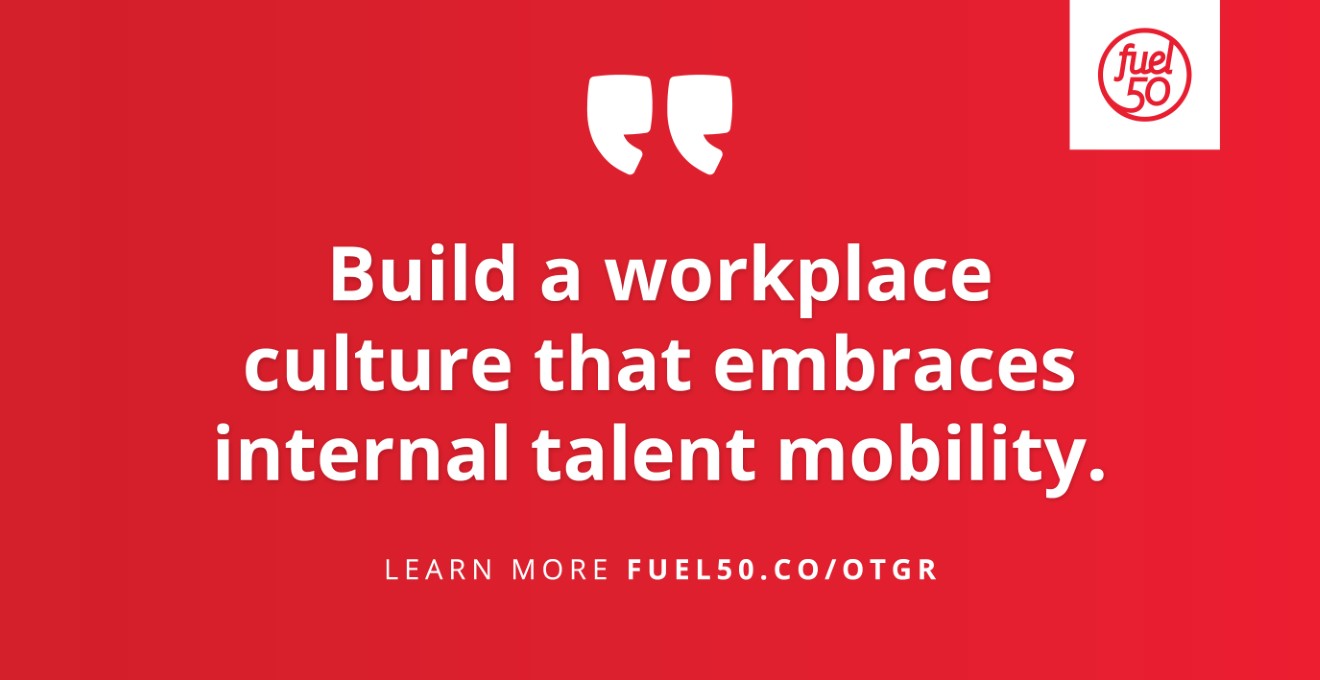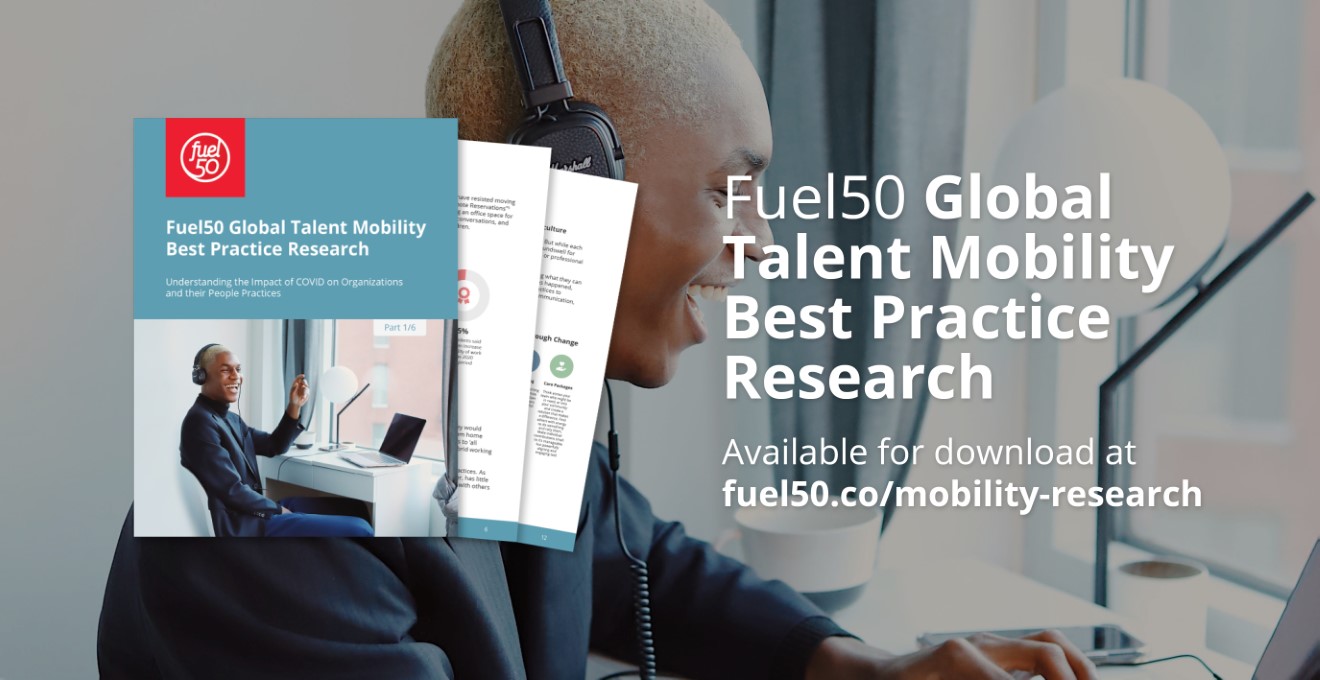Organizations trying to get back to some sense of normal now have a new problem — “The Great Resignation.”
There are lots of definitions for it, but the HR Daily Advisor says that the Great Resignation, “refers to the millions of workers who have been quitting their jobs in recent months, leaving businesses scrambling to fill their ranks. … Employees are giving new thought to what work means to them, what’s important to them, and how they are spending their time. In doing so, they’re discovering compelling reasons to try something new.”
The Harvard Business Review said that “Several factors are driving this exodus. Generational expectations about what makes a good job are changing, employees are fatigued from the year-long pandemic and there are labor shortages everywhere. Employees have had the time and space to think about what really matters to them and there are plenty of options, so it’s no surprise resignation rates are through the roof.”
If all of that wasn’t enough, there’s one more issue motivating employees to go elsewhere, and it popped up in Fuel50’s just-released Global Talent Mobility Best Practice Research: The lack of opportunities for some people to grow, develop, and build a career path in their current organization.
Fuel50 research found that, “50% of employee respondents say it is easier to find a role outside of their organization than internally, (and) there is a real need for organizations to review and improve their internal mobility practices to support the retention of their talent. Employees leave organizations when they do not see a clear developmental path, and they go to organizations where they can see a clear path forward.”
In other words, the way you keep employees active and engaged in their work is to invest in them and show you want to help them to build their careers with greater opportunities to grow in your employ.
Growing people is the best way to grow a business
We made this point in the 2015 Fuel50 Career Engagement Benchmarking Research report, “Growing your people is the best way to grow your business. After all, what is an organization if not a collection of people united in pursuit of common goals?”
And it’s even more important now than it was then because the 18-month global pandemic has scrambled workforce culture in a considerable number of organizations.
The BBC’s Worklife blog agreed in this assessment when they recently found that, “Workers are taking decisions to leave based on how their employers treated them – or didn’t treat them – during the pandemic. Ultimately, workers stayed at companies that offered support, and darted from those that didn’t.”
And, the BBC added this: “Workers who, pre-pandemic, may have already been teetering on the edge of quitting companies with existing poor company culture saw themselves pushed to a breaking point. That is because, as evidenced by a recent Stanford study, many of these companies with harsh environments doubled down on decisions that didn’t support workers, such as layoffs (while, conversely, companies that had good culture tended to treat employees well). This drove out already disgruntled workers who survived the layoffs but could plainly see they were working in unsupportive environments.”
This begs the question: what can organizations do to keep “The Great Resignation” from becoming “The Great Escape” and causing more and more employees to depart?
Here’s a good answer: Building a workplace culture that embraces internal talent mobility.
According to Forbes, internal talent mobility programs have had a proven positive impact on employee retention with a 60% reduction in attrition where a talent marketplace is used by employees, as predicted in Fuel50’s Career Engagement Benchmarking Research conducted in 2015.

It’s all about a supportive workplace culture
Internal talent mobility is the systematic process of moving people within your workforce to fill open opportunities. This can include promotions to new roles, short-term redeployment, gig opportunities, or moves to different departments.
Promoting talent mobility encourages cross-team talent sharing and cultivates a culture of learning and development. People who have a growth mindset — a passion for continuous learning and an expanding skill set — are better able to embrace change with greater confidence.
In addition, talent mobility is at the root of organizational and personal resilience. It engages staff, retains top talent, and gets the best from an organization’s workforce without costly and time-consuming external recruitment. In fact, “87% of employers agreed an internal mobility program would help their retention goals”.
Not only is internal talent mobility a major source of critical talent, competitive advantage, and a driver of growth, but it is also a source of employee engagement. Furthermore, if you are continually growing your existing talent and giving them opportunities to develop, then you are going to attract other people to your team in the future.
Fuel50’s Global Talent Mobility Best Practice Research probably made this case best when it said,
“Everyone has experienced unique challenges during the pandemic. But while each story is different, the outcome seems to be universal. There is a groundswell for organizations to provide a supportive environment, where personal or professional challenges are acknowledged, and support offered if needed.
It appears that the pendulum has swung, and organizations are doing what they can to encourage more supportive workplace cultures. And when that has happened, it has come by leaders pivoting and changing their organizational practices to provide employees what they want – increased levels of workplace communication, transparency, authenticity, resilience, and humanistic qualities.”
The bottom line is clear: if you want to sidestep “The Great Resignation,” you need to encourage a supportive workplace culture, so you don’t find yourself managing “The Great Escape” instead.
You need to remember: “Internal talent mobility not only engages your staff and helps to retain top talent, but it also empowers you to get the best from your organization’s workforce…”







